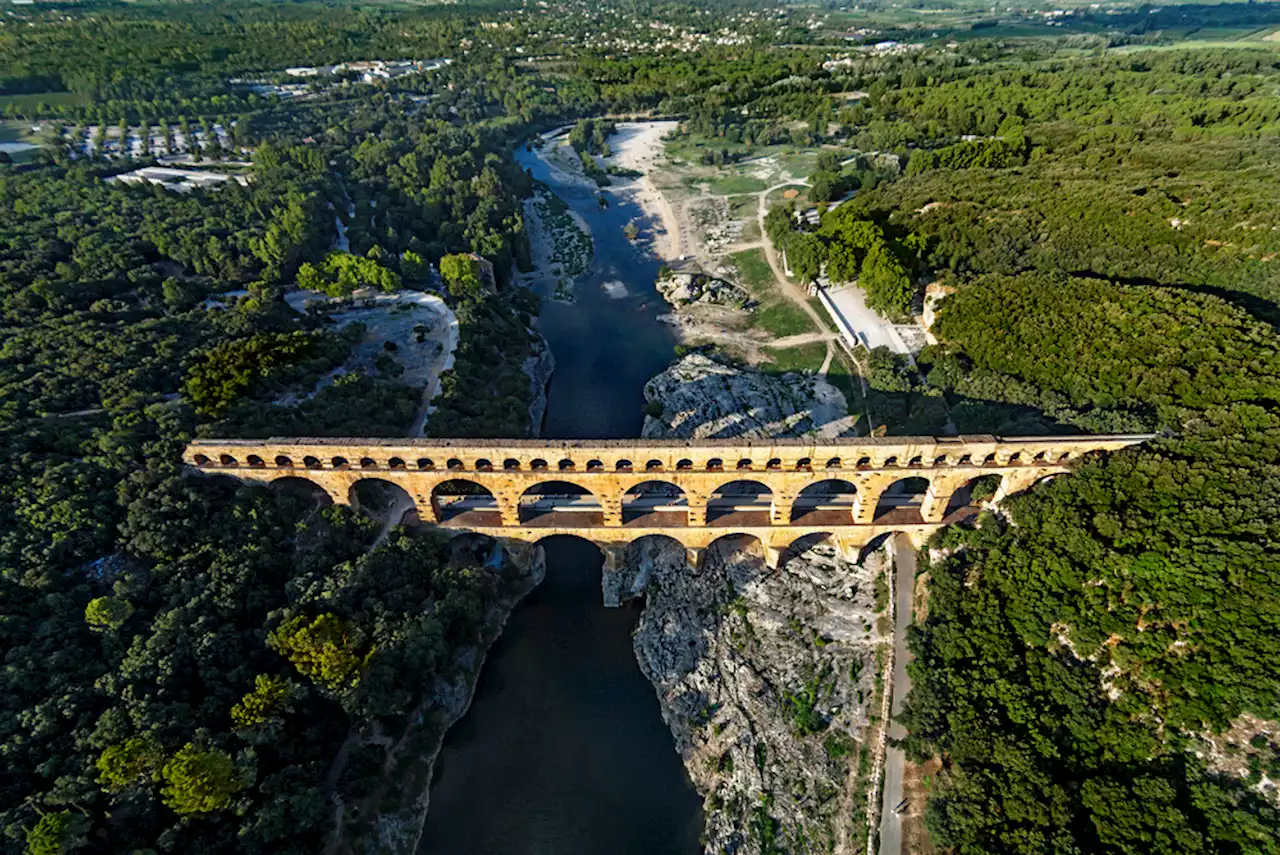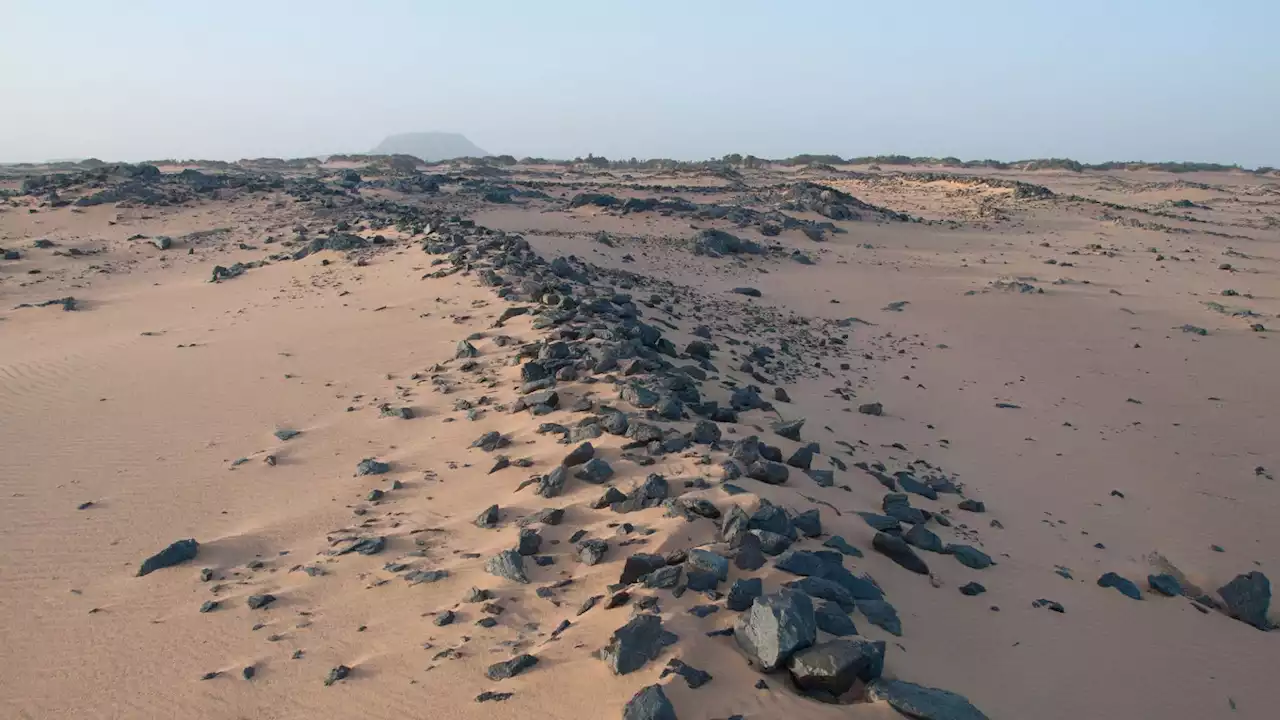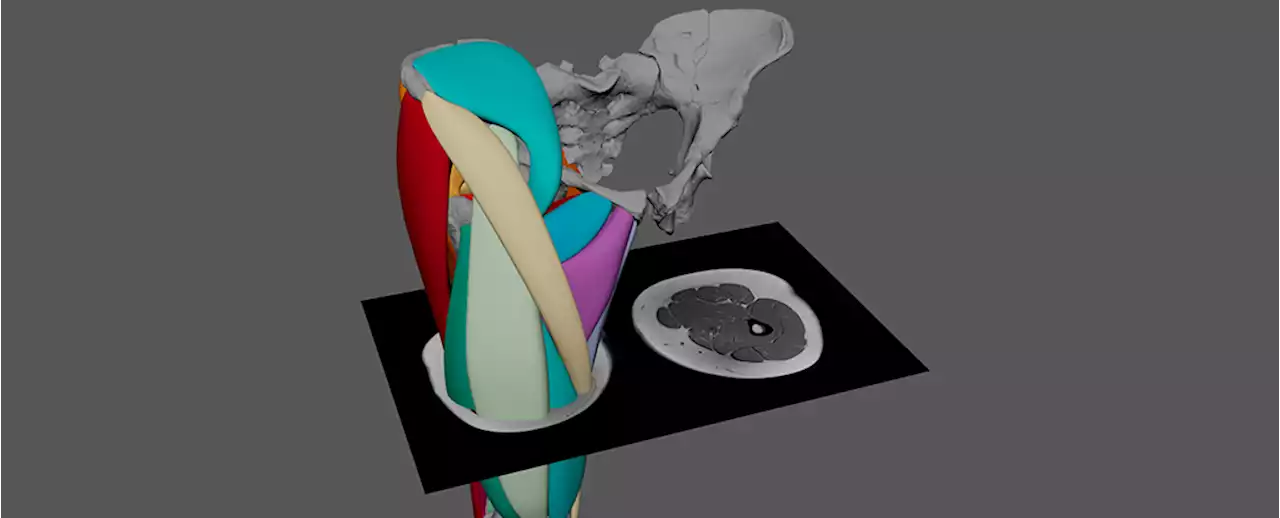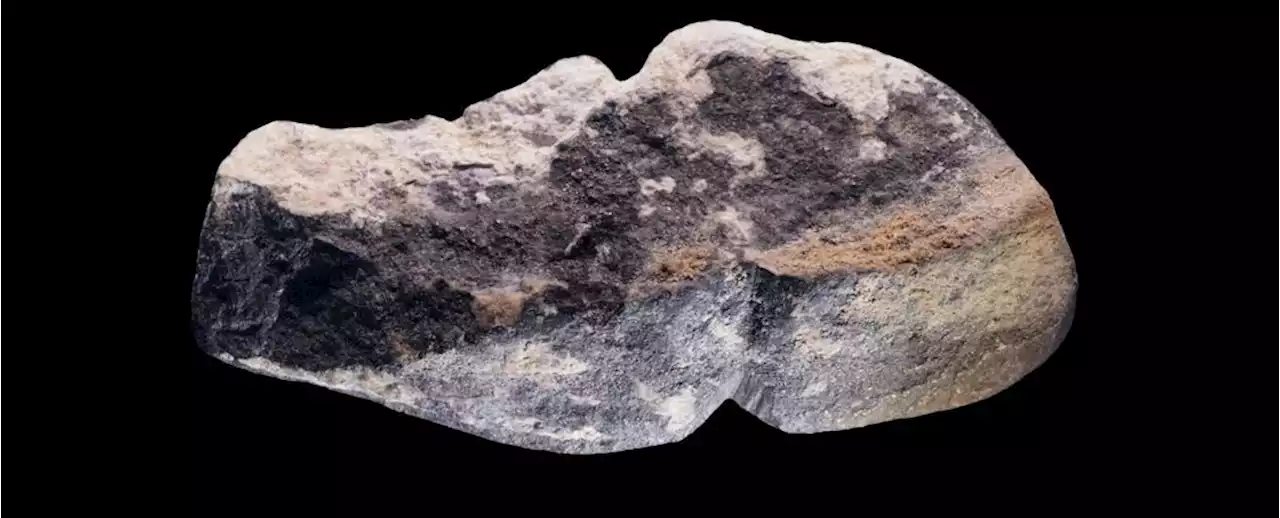Humans might have been wearing phallic ornaments thousands of years before the Romans and Greeks did the same for good luck.
The ancient pendant, labeled T21, found in Mongolia.
The grooved ornament, labeled T21, was originally found at an archaeological site in Mongolia in 2016. Experts have only recently dusted it off for a closer look, estimating the object's to be roughly between 39,500 and 42,200 years old, putting its creation some time in the Upper Paleolithic.Three views of the ancient ornament found in Mongolia, showing a middle groove and top, perpendicular groove.
Researchers suspect the former incision was designed to depict the glans of a penis, while the latter incision was carved to look like a urethral opening.found in Germany that dates back to 28,000 years ago and is considered one of the earliest representations of male sexuality ever found. It may also have been used as a tool, possibly to knap flints.
The 'back' side of the ornament is flattened out and so shiny and smooth, researchers think it was probably worn frequently on someone's chest, held in place by a cord wrapped around the middle groove.
Indonesia Berita Terbaru, Indonesia Berita utama
Similar News:Anda juga dapat membaca berita serupa dengan ini yang kami kumpulkan dari sumber berita lain.
 My father’s ancient pocket watch and the secret to lifeA Father's Day reflection on loss, advice and how to stop time
My father’s ancient pocket watch and the secret to lifeA Father's Day reflection on loss, advice and how to stop time
Baca lebih lajut »
 Aqueducts: How Ancient Rome Brought Water to Its People🔄FROM THE ARCHIVE: The water supply for up to 1 million residents of ancient Rome relied on the city's 11 aqueducts. And many more across the Roman empire used the technology.
Aqueducts: How Ancient Rome Brought Water to Its People🔄FROM THE ARCHIVE: The water supply for up to 1 million residents of ancient Rome relied on the city's 11 aqueducts. And many more across the Roman empire used the technology.
Baca lebih lajut »
 Francesco Vezzoli on Linking the Art of Hollywood and the Ancient World: “The Ancient Romans Were Sleazy”The multi-media artist takes THR Roma on an exclusive walk through his latest exhibition, 'Vita Dvlcis,' at the Palazzo delle Esposizioni in Rome.
Francesco Vezzoli on Linking the Art of Hollywood and the Ancient World: “The Ancient Romans Were Sleazy”The multi-media artist takes THR Roma on an exclusive walk through his latest exhibition, 'Vita Dvlcis,' at the Palazzo delle Esposizioni in Rome.
Baca lebih lajut »
 Stone walls uncovered along the Nile reveal ancient engineering marvel“This incredibly long-lived hydraulic technology played a crucial role in enabling communities to grow food and thrive in the challenging landscapes of Nubia for over 3000 years.”
Stone walls uncovered along the Nile reveal ancient engineering marvel“This incredibly long-lived hydraulic technology played a crucial role in enabling communities to grow food and thrive in the challenging landscapes of Nubia for over 3000 years.”
Baca lebih lajut »
 'Lucy' Reconstructed: Secrets of Ancient Human Ancestor RevealedFor paleoanthropologists, the question of when our ancestors started spending more time walking over flat ground than hanging around in trees is a fascinating one – and it's something that new research gives us a better understanding of.
'Lucy' Reconstructed: Secrets of Ancient Human Ancestor RevealedFor paleoanthropologists, the question of when our ancestors started spending more time walking over flat ground than hanging around in trees is a fascinating one – and it's something that new research gives us a better understanding of.
Baca lebih lajut »
